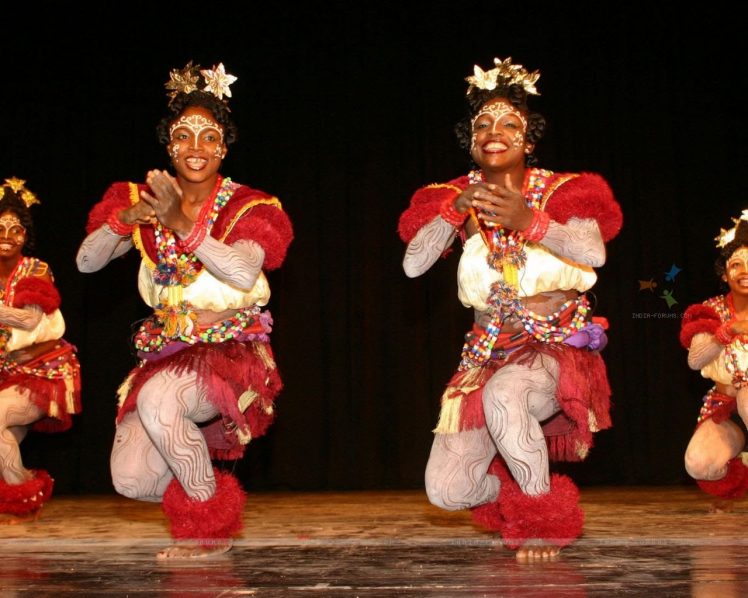Taking a waltz down the emergence of the forging of culture and tradition of countless dance styles in human society, it is evident the art form of dance takes its place in society.
Through dance, a society is known, and many become acquainted with the people through it, ultimately making it a culture. Based on antiquity, dance was first traced to a nine thousand-year-old cave painting in India.
Perhaps, this expounds the genesis of dance as part of the centrepiece in their film scenes so that it makes an Indian film without dancing scenes appear odd and makes one question its cultural credibility. Again, ritual dances are an essential element in the foundation of human civilization. As with its multiple purposes to man, it was used in the oral performance of ancient cultures as mimes to pass on myths and traditions from one generation to another.
Consequently, there exists a tie between dance and religion that goes way back and still unites in contemporary times. Greek and Romans infused dance to their religion and everyday common life. In Africa, such rhythmic sway of the body aligns with religion as a ritualistic performance that is preserved and fused to life’s activities on varying levels.
Some cultural dances are a theatrical display of colours and flash moves, while others are austere, like the traditional dance of the Geisha in Japan, which is revered as a symbol of femininity and nobility. All of its gentle hand movements reflect the people of Japan, and its aesthetic cultural norms of harmony are rooted in their way of life.
The rhythmic flow of the body can mean many things to different people dictated by the pace of the movement. There are dances of war to pump the ego of the valiant men and places like Kogi had naked women dancing as a tactical approach to subdue their opponent. There are ritualistic structured dances to appease the gods for farmers to have a fruitful season and other types of dance to initiate a process.

Dance is filled with aesthetic values, making it distinct from one society to another and is shrouded in symbolism that expounds on the cultural heritage of a community accordingly being unique from one society to another. Hence, ritual dances affirm the belief of the system of society. In China, the “lion dance” is one of cultural identity. It also serves as a religious and ceremonial dance that signifies and wields good fortune and scares off evil wandering spirits. Therefore, dance is a tool of cultural expression to convey a lot about society and to the observers.
The versatility of dance makes it almost impossible to be pinned down. In its metamorphosed nature that thus acts as a cultural identity, “cha cha” is to Cuba what “atilogu” and “achikolo” are to the people of Enugu State in Nigeria. “Bata” is a cultural heritage of the Yoruba in Nigeria and another graceful dance, “swange,” is for the Tiv people of Benue state in Nigeria. The likes of salsa, tango among others are symbolic cultural dances to different geographical settings.



